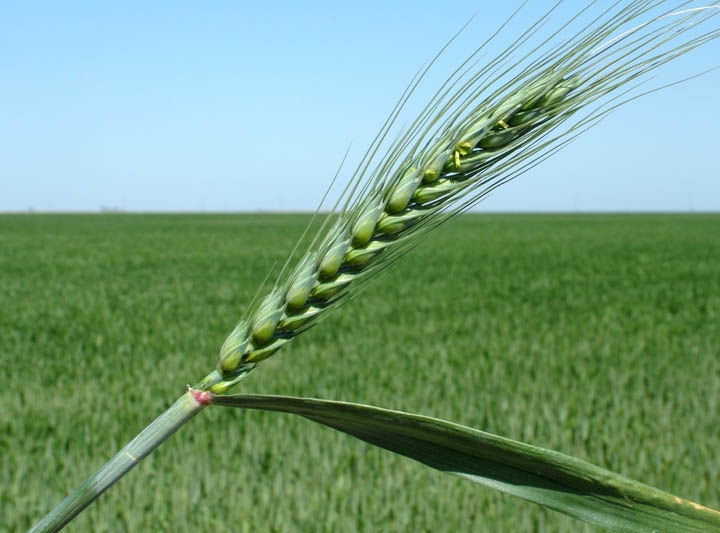January 18, 2011

Volatility might be the only constant in commodity prices over the next several months, says Max Runge, Auburn University Extension economist.
“I’m confident of the fact there will be a lot of volatility,” said Runge at the recent Central Alabama Corn Production Meeting held in Autaugaville. “How we deal with and manage that volatility will determine how successful we are in the coming year.”
The good news is that commodity prices are high, but the bad news is that input costs also will be higher in 2011, says Runge.
“Fertilizer prices continue to ease up,” he says. “Nitrogen, phosphorus and potassium all are expected to be up over 2010. When I sit down and do budgets and try to come up with a price, nothing is easy anymore. It’s not as clear-cut as it used to be.”
Runge says he hesitates to discuss seed prices so far in advance of the growing season, but corn with some technology will probably be about $2.75 per thousand, cotton at $2 per thousand and soybeans at approximately 34 cents per thousand, all of which are higher than last year.
Interest rates bumping upward
Interest rates, he says, have been at historic lows in recent months, but they’re starting to bump up somewhat. “Interest rates are good, but lenders have tightened up. As far as long-term loans go, they don’t want to tie up their money for a long period of time, especially when they’re anticipating that interest rates will go up. Loans are going to be more credit-score driven. The better your credit score, the better off you’ll be in borrowing money of any kind.
“Lenders also will be taking a close look at cash flow. They want to make sure you’ll be able to service any loans they put out there. They became really nervous last year after about June when the rain stopped. Good communications with your lender will pay off in the long-run,” says Runge.
Direct marketing experts appear to have different opinions now about the direction of prices, he says. And many economists talk about marketing one-third of the crop at planting, one-third during the growing season, and one-third at or after harvest.
“A lot of people price on or after harvest. Their marketing plan is to put it in a truck, head to the elevator, unload it, and get a check,” says Runge.
Looking back at 2007, 2008, 2009 and 2010, Runge says corn futures prices were poor in those years. In 2007, the highest prices were at planting and during the growing season. In 2008, the highest prices were in June and July, during the growing season. In 2009, prior to planting and after harvest, prices were lowest.
It’s difficult to look at these trends and use them as a guide for when to market, he says. “You need to remember that if you can lock in a profit at $5.50 corn, it’s hard not do go ahead and do it. A year ago, we were looking at $4.34 to $4.40 corn, $10 soybeans and 70-cent cotton. The opportunity for better prices certainly is out there. But if you can go ahead and lock it in a profit, it’s hard to go wrong,” says Runge.
About the Author(s)
You May Also Like




